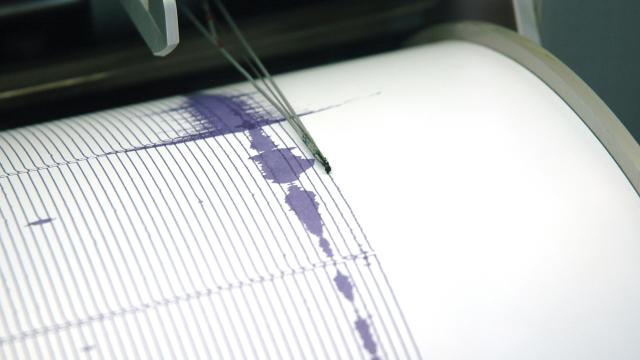At 6am AEST this morning, a magnitude 7.1 earthquake at a shallow depth of 51km occurred 7.2 km south east of Izúcar de Matamoros, in the Puebla region in Mexico.
The quake has led to building collapsing seemingly out of nowhere after the event.
Dr Behzad Fatahi, Associate Professor of Geotechnical and Earthquake Engineering at The University of Technology in Sydney explains exactly what is happening.
The earthquake appears to be an intraplate earthquake which is not at the colliding boundaries of tectonic plates. This earthquake has happened approximately 800km south east of an earthquake that occurred 10 days ago with a magnitude of 8.1 in southern Mexico.
This 7.1 magnitude earthquake has occurred within the North American Plate and was possibly influenced by continuous movement of the middle America Trench (more than 70mm/year movement) which is only 400km away from the earthquake epicentre.
Peak ground acceleration in the range of 0.25g and peak ground velocity of 25 cm/s are expected. Overall, moderate to heavy damage level is expected. Assessment of damaged buildings and structures shows that mainly multi-storey mid-rise buildings (5-15 storey) have been damaged severely in Puebla, Morelos and Greater Mexico City.
Due to soft soil underlying layers, buildings rotate and rock against foundations more severely in the reclaimed lands and areas with ancient lake soft clay beds. Amplified displacements of structures after earthquakes have resulted in significant cracks to internal walls and significant damage to building façades that can result in rising causalities and death tolls inside and outside buildings after earthquakes.
People should stay away from mid-rise to tall buildings as the loosened façades of buildings can collapse due to aftershocks.
It should be noted that due to the presence of soft clayey soils in the area, it is expected that in regions such as Mexico City, large ground surface movements would be observed resulting in the displacement of public utilities, and damage to lifelines such as gas pipelines would increase the devastating side effects of earthquakes due to fire.
Indeed, lifeline damage obstructs emergency responses and immediate rescue efforts.
In addition, it is not unusual in Mexico for structures in metropolitan areas to be built very close to each other. Therefore during a strong seismic events such as this, it is highly likely that neighbouring buildings interact due to seismic pounding, leading to severe damage and possible collapse.
Let’s not forget that an average of well-nigh 17,000 persons per annum were dispatched by earthquakes in the twentieth century.
Remember the 1985 Mexico City earthquake with a magnitude of 8.0 with a death toll of more than 5,000 people: significant damage occurred further away from the epicenter, where deep soft soil deposits (an ancient lake bed) increased the devastating effects of the earthquake on buildings and infrastructure.
